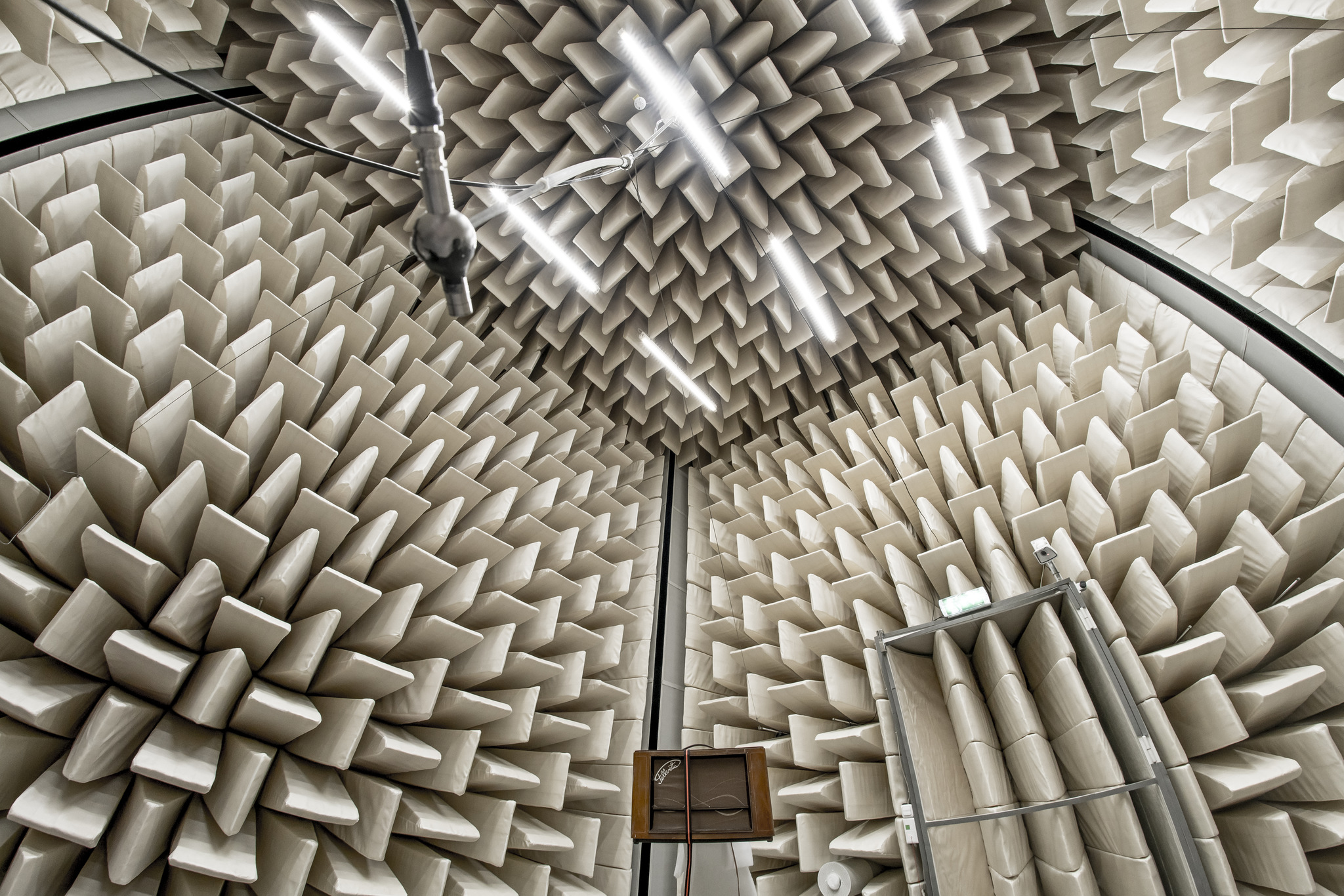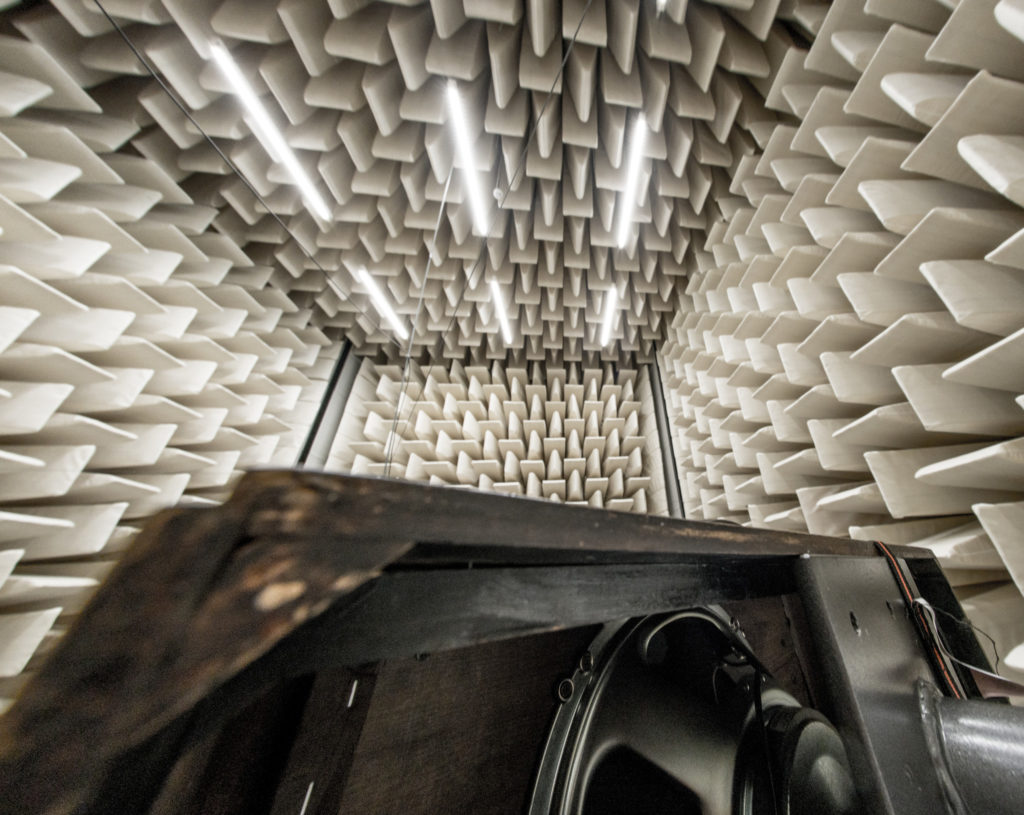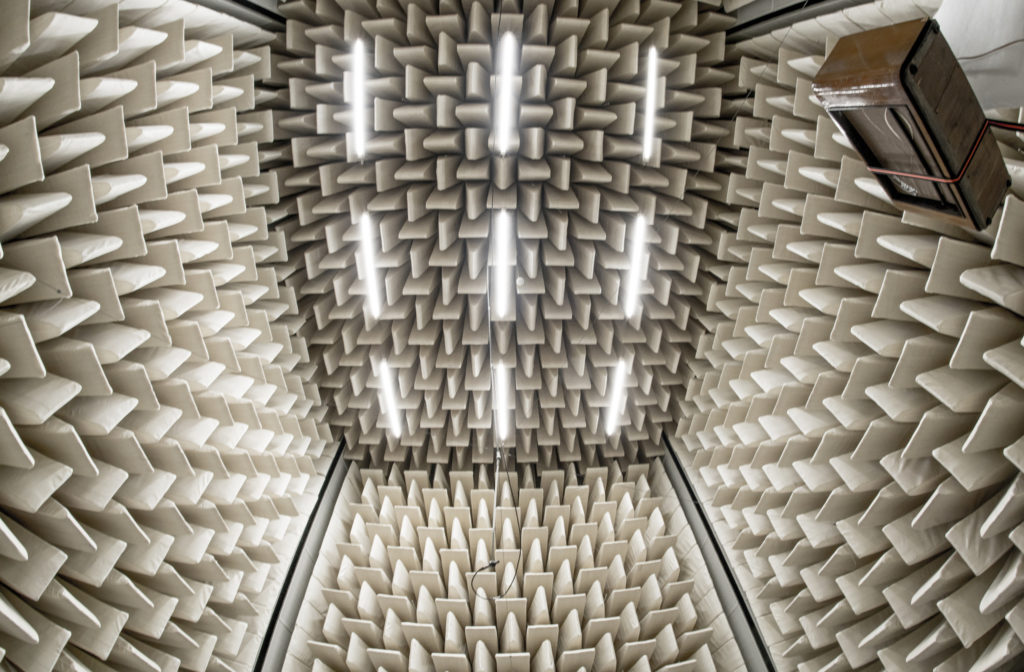Making IRs in an anechoic chamber

In 2019 I had the chance to make impulse responses in an anechoic Chamber.

To give you my perspective, at the time i made them i was just a student, so getting the chance to do this was incredible for me.
These are the Impulse Responses i’m most proud of:
The Anechoic Chamber IRs
Have you ever seen somebody with his head directly at the speaker while playing guitar live or in Bandpractise? Me neither!
So, i naturally experimented with placing the mic further away, but i immediately ran into problems. It simply never represented the speaker like I wanted it, it was colored, roomy and sounded farther away then I experienced it with my own ears. I had to accept that hearing (naturally in stereo) always will differ from a mono mic.
I tried mixing close and far mics, to get the best of both worlds but that caused phase problems and the room coloration was still in there.
I tried shotgun mics, to get the room influence out there while being farther away from the mic, sadly they sounded bad.
I tried stereo micing in a x/y pattern to have no phase problem but the signal sounded roomier then what I was experiencing.
I tried so much and this is so far my best attempt.
I made IRs in an anechoic chamber and a very special one at that.
Having over six meters between the tips of the absorbers and having Absorbers that are 1,50m in length leads to a fantastic combination of big room size but the advantages that are mainly found in smaller chambers. This room is certified to offer freefield from 50Hz upwards.
The greatly reduced reflexions made the far field IRs very special. They simply sound still close and the uncolored sound then is a great starting point for adding reverb or eq.
Combfiltering and room modes are basically not existent and that leads to a very good representation of the cab itself without the room influence.
Things I learned and FAQ:
- The phase is more precise. Imagine the soundwaves expanding like a balloon the closer you are the curvier is the wave. The flatter curvature further away leads also to a better representation of the phase!
- Every point on the speaker is his own point source, so by additive and destructive interactions of the point sources the sound will develop and it will be “the full picture” of the speaker further away.
- The acoustic middle of the speaker is right where the cone meets the dust cap. The speaker can’t flex there and will give you the closest picture of how that speaker sound when you need to close mic.
- The anechoic chamber doesn’t sound bad! My professors all said that the “roomless” sound is not pleasing but it was! It is of course different and subjective, but haven the true sound of the sound source gives you not only a perfect representation of the source, but also a great starting point to add convolution reverbs later.
- Adding reverb to the anechoic IRs sounds very realistic. Having the room coloration already in the IRs will cause simply twice the influence of room coloration if you use a reverb with a particular sound.
- Why the Seventy80 speaker? I discovered this underrated speaker by accident. I played the Orange PPC HP8 for years. Equipped with G12k 100 speakers this cab was amazing it has balls, smooth highs and mids! Later I tested the Laney GS212IE and compared them and I was simply shocked about how similar they sound so I made the change.
- These IRs are the perfect smartass magnets. At the end of the day only your taste matters do not think they will change your life. They are not perfect. They are Just IRs with a twist. Be kind!
P.s.: There are testfiles from 2018 somewhere online. In this test i just wanted to see how the irs in there will sound. The Floor was still attached since the room wasn’t booked for this. So i just brought my cab in and asked if i could have a few minutes. They have some reflections of the floor in them so they are not representative. The new ones, as you see in the pictures are made without the floor, with the micstands on the net. This means there could be a minimum amount of reflections from the close micstands in there but the floor is not attached and the resulting sound is very different from normal room mics.
To hear what i mean you can listen to this comparison:
As you hear the room mics still sound uncolored and pretty close, so you could mix in the room mic IRs without loosing the „in your face“ sound.
If you’re more into the room mic sound the anechoic one is also more flexible. While the sound of the room is basically baked into the normal room mic you can just add a convolution reverb to the anechoic chamber IR and you’re done!



